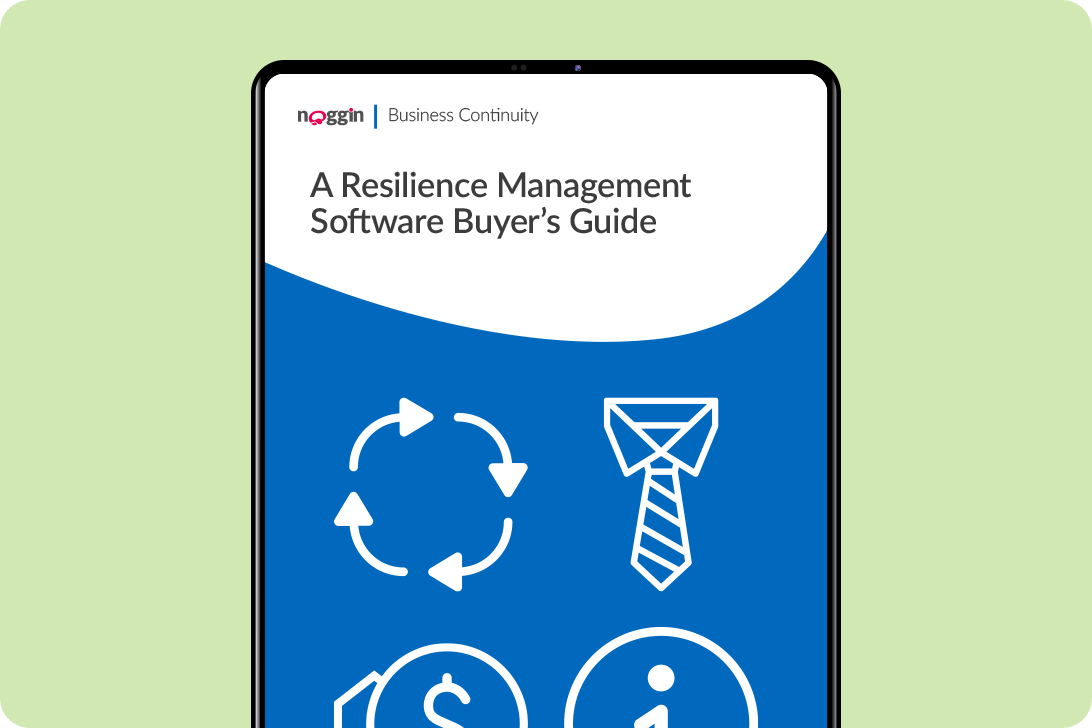Request a Demo
Fill in the form below and we will contact you shortly to organised your personalised demonstration of the Noggin platform.
Meet Noggin
An integrated resilience workspace that seamlessly integrates 10 core solutions into one, easy-to-use software platform.
The Noggin Platform
The world's leading integrated resilience workspace for risk and business continuity management, operational resilience, incident & crisis management, and security & safety operations.
Industries
Explore Noggin's integrated resilience software, purpose-built for any industry.
A Guide to Understanding AIIMS
Best Practice Guide
Explaining AIIMS: The Australasian Inter-Service Incident Management System
The Australasian Inter-service Incident Management System (AIIMS) is a nationally recognized incident management structure. Though used primarily by fire, land management, and other emergency agencies, the system provides all organizations a common framework to manage any and all incidents (natural, industrial, or civil), be they emergencies or important non-emergency activities, like major sporting events, large cultural exhibitions, and big business conferences.
Fundamentally, AIIMS enables multiple agencies who are engaged in incident response or planning to seamlessly integrate their emergency management resources (personnel, facilities, equipment, and communications) and activities under a common framework. In practice since the early 1990s, the system is based on the following principles:
- Management by objectives. The Incident Control function, in tandem with the Incident Management team as a whole (see appendix), will determine desired incident outcomes for the purpose of ensuring that all responders understand the direction taken during the response.
- Functional management. AIIMS lays out four, broad functional areas: Control, Planning, Operations, and Logistics (more below). This organization structure is intended to give full representation to all vital management and information functions, though the composition of the Incident Management team varies depending on the incident in question.
- Span of control. A key AIIMS attribute is scalability: for some incidents, a full-scale response will not be necessary, but for others, it will. In this sense, span of control refers to the number of groups or individuals that can be successfully supervised by one person.
- Flexibility. AIIMS can be applied to all hazards and used by all agencies.
- Unity of Command. Responders must work to achieve one set of common objectives. Similarly, individuals should report to only one supervisor.
Download the full guide to continue reading >>



